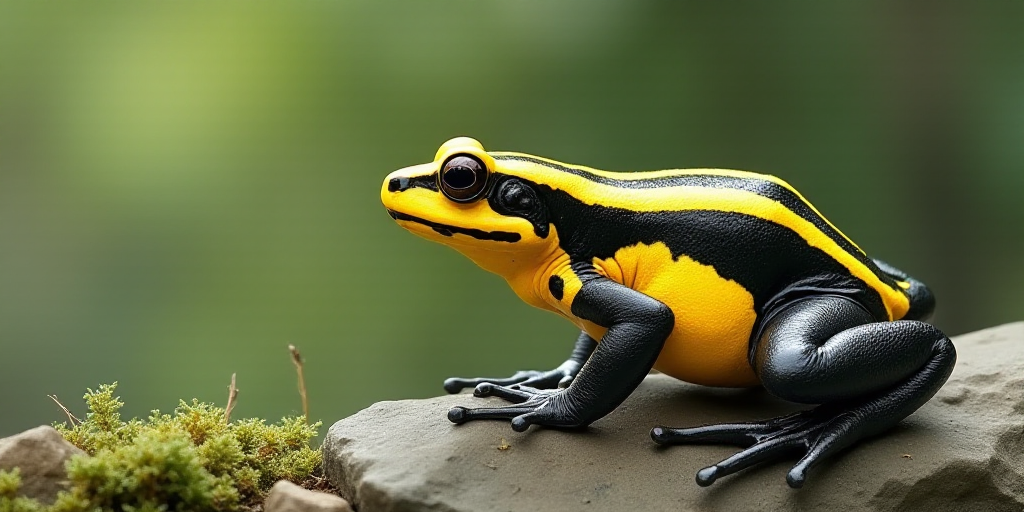Scientists Uncover Ranitomeya hwata in Peruvian Amazon
Peru’s Amazon rainforest has revealed a new, tiny venomous frog species, according to a recent announcement by the Peruvian National Service of Natural Areas Protected by the State (Sernanp). The newly identified amphibian, named Ranitomeya hwata, measures a mere 15 millimeters in length, making it one of the smallest species within its genus.
Unique Characteristics and Habitat
This vibrantly colored frog is distinguished by its small size and unique reproductive behavior. Male Ranitomeya hwata frogs gather multiple females for breeding at a single site, a characteristic not commonly observed in other frog species. These frogs are exclusive to the bamboo forests of the Guadua genus, utilizing hollow spaces within the bamboo stems for reproduction. These stems collect rainwater, which serves as a breeding ground for these fascinating creatures.
Location and Significance
The discovery was made in the Alto Purús National Park, situated between Peru’s Ucayali and Madre de Dios regions, bordering Brazil. Sernanp emphasized the importance of protected natural areas like this park, stating that they serve as sanctuaries for biodiversity and unique species.
Key Questions and Answers
- What is the newly discovered frog species called? The new venomous frog species has been named Ranitomeya hwata.
- Where was this frog species found? The Ranitomeya hwata was discovered in the Alto Purús National Park, located in Peru’s Amazon rainforest.
- What makes this frog species unique? This species is characterized by its small size (15 mm), vibrant colors, and unique reproductive behavior where male frogs gather multiple females for breeding at a single site. They inhabit bamboo forests of the Guadua genus, using hollow spaces within bamboo stems for reproduction.
- Why is this discovery significant? The discovery highlights the importance of protected natural areas as havens for biodiversity and unique species, emphasizing the need for their conservation.
Context and Impact
The Peruvian Amazon is one of the most biodiverse regions on Earth, housing countless species of flora and fauna, many of which remain undiscovered or poorly understood. The identification of Ranitomeya hwata adds to the growing body of knowledge about this unique ecosystem and its inhabitants.
Scientists like those involved in this discovery play a crucial role in understanding the complex relationships between species and their environments. Their work not only expands our knowledge but also underscores the necessity of preserving these fragile ecosystems. The conservation of areas like the Alto Purús National Park ensures that future generations can continue to learn from and appreciate the wonders of biodiversity.






